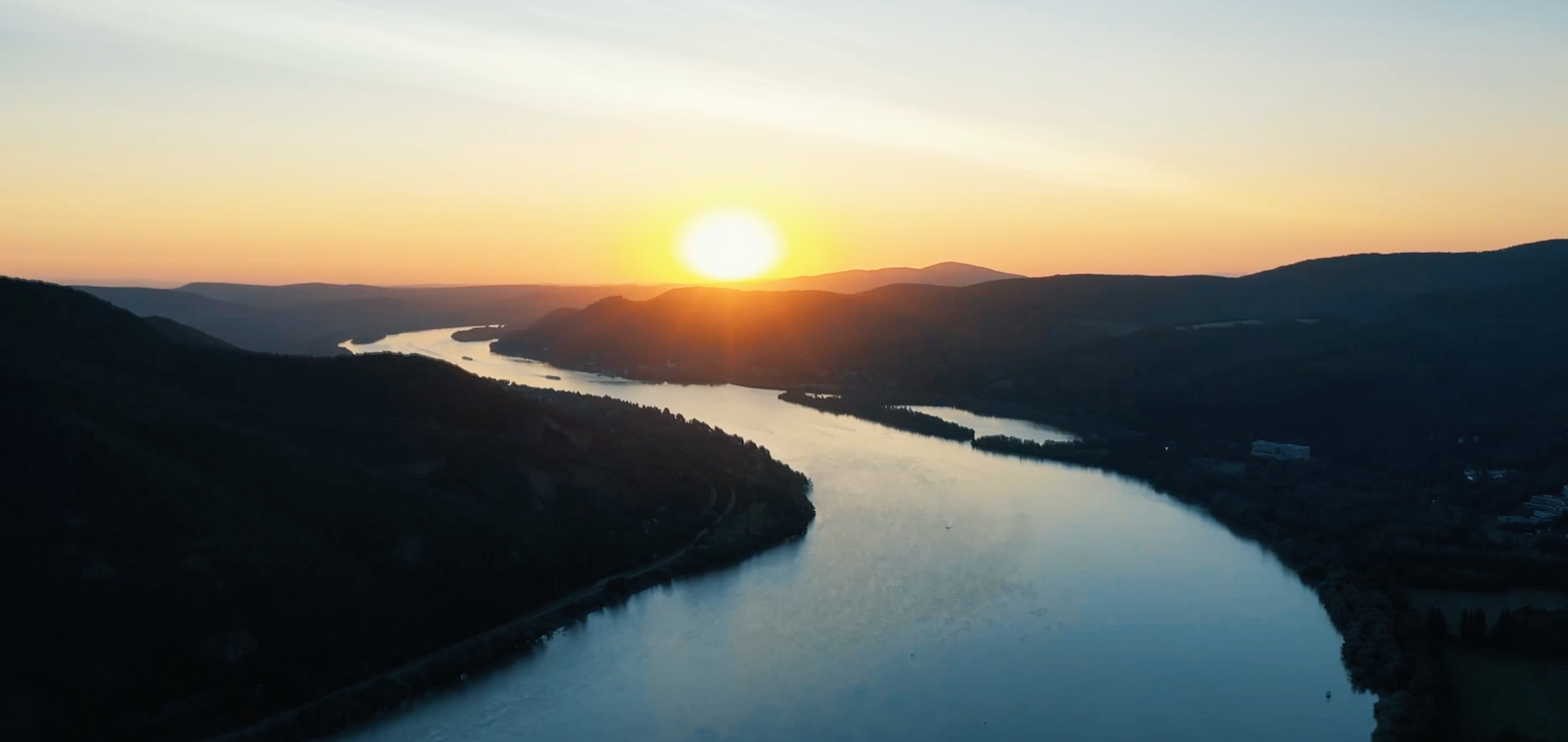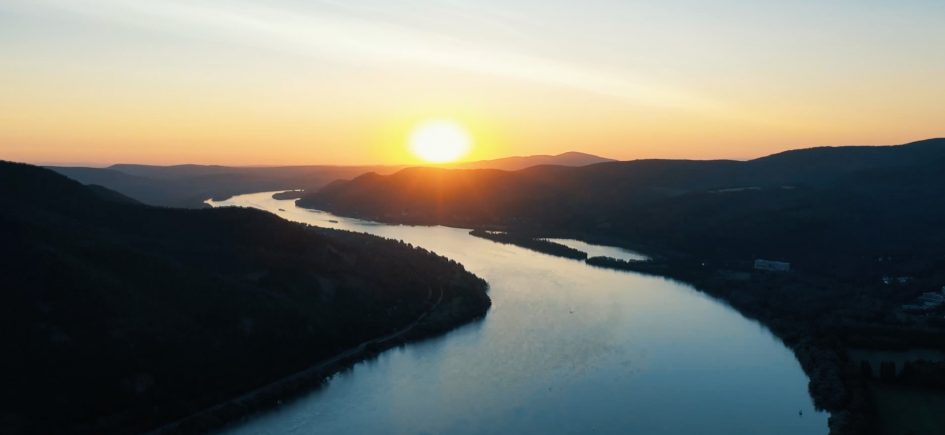
With the reboot of the European tourism industry, short-distance travel has become very popular. As alternatives to quality tourism, Cultural Routes allow for a more thorough exploration of domestic regions and neighbouring areas.
Today, under abovementioned circumstances, the European tourism industry is experiencing an increase in demand for special and diverse, easily accessible destinations closer to home. A joint project of the Extended Partial Agreement on Cultural Routes of the Council of Europe and DG Region of the European Union, Routes4U proposes different itineraries in your region to accommodate your wanderlust.
Routes4U combines a selection of the Council of Europe’s 45 certified Cultural Routes and the four EU macro-regional strategies supported by the European Commission, giving tourists a chance to explore Europe’s diverse landscape of cultures, history, and gastronomy.

Iron Age Danube Route
The foundations of the Iron Age Danube Route were laid in the project “Monumentalised Early Iron Age Landscapes in the Danube River Basin”, abbreviated as Iron-Age-Danube, which was co-financed by the Interreg Danube Transnational Programme (DTP) of the European Union. The project focused on monumental archaeological landscapes of the Early Iron Age, characterised by landscapes such as fortified high-altitude settlements dating back to the 16th century BC, as well as large tumulus cemeteries from the era roughly between the 9th–4th century BC. The project involves a partnership between twenty institutions equipped with the necessary expertise in archaeological heritage management and cultural tourism, from Austria, Croatia, Hungary, Slovakia and Slovenia.
The partners shared a vision of joint approaches to researching, managing and protecting complex (pre)historic landscapes and their integration into sustainable tourism. After the end of the Iron-Age-Danube project, the partners were encouraged to develop a new transnational cultural route with the support of the Routes4U project of the European Council. The Iron Age Danube Route aims to connect and jointly promote regions, sites and museums, which present Iron Age heritage in the Danube region. In order to do so, high standards for the protection, research and presentation of this heritage have been established.
Cultural Route of the Council of Europe
The EPA Governance Board has unanimously decided to award the Iron Age Danube Route with the “Cultural Route of the Council of Europe” label for three years. The decision was announced on May 19th, 2021. Following the decision of the Governance Board, the EPA Secretariat held an award ceremony in Kutaisi, Georgia, from September 29th to October 1st, 2021. The “Cultural Route of the Council of Europe” certificate is a quality label recognized throughout Europe by visitors as well as tourism workers and public authorities.
Awarding the Council of Europe’s Cultural Route certificate opens several new and exciting opportunities for members and partners of the Iron Age Danube Route. At the same time, the certificate carries great responsibility, as this status places expectations on the members of the Association to further develop the network, promote, protect and research our common Iron Age heritage more effectively.

Our institution, the Hungarian National Museum, is a founder member of the Iron Age Danube Route and actively contributes to the promotion of cultural routes.
Tip
Visit the Iron Age exhibition room of the Hungarian National Museum, there you can see unique archaeological finds from the Carpathian Basin that were created under the influence of the Mediterranean, steppes and the Balkans!
Roam the virtual exhibition called Archaeologist Stories, which collects the most interesting moments of the excavations carried out by the staff of Archaeological Heritage Protection Directorate of the Hungarian National Museum.
Program
Book an appointment for Iron Age group programs for students! We recommend for the youngest pupils (grades 1-4), 'In the footsteps of legends' programme in which, through the events of two and a half thousand years, little researchers can learn about a dangerous and wonderful world. For the upper-class students (grades 5-8) we offer the ’In the footsteps of salt lords, Scythians and Celts’ programme where they experience the Iron Age through the eyes of the ancient peoples! For high school students (grades 9-12) we offer 'Sons of Iron - Iron Age Board Game!' which introduces the Iron Age peoples in an interactive strategy game.
 SCYTHIAN GOLDEN STAG (Found: Zöldhalompuszta, Hungary) - Hungarian National Museum, Between East and West exhibition, Iron Age exhibition room
SCYTHIAN GOLDEN STAG (Found: Zöldhalompuszta, Hungary) - Hungarian National Museum, Between East and West exhibition, Iron Age exhibition room








